While the very first film in history was being made in La Ciotat in 1895, Marcel Pagnol was born some fifteen kilometres away, in Aubagne. In La gloire de mon père, he wrote "I was born in Aubagne, under the goat-crowned Garlaban, at the time of the last goatherds". He moved with his family to Marseille when he was just three, and a few years later his father bought a holiday home in the Provençal countryside.
Marcel Pagnol is one of the most emblematic figures of the South of France. Through his novels, plays and films, he has taken millions of French people on a journey through the lavender fields and olive groves of Provence. La Gloire de mon père, Le Château de ma mère and Manon des sources are just some of the titles that have left their mark on France's cultural heritage. His works, largely inspired by his childhood and adolescence, have left an indelible mark on the hearts of the people of Provence and on the region's landscapes. From his birth in Aubagne to his grave in the village of La Treille, via his childhood in Marseille and his Cité du Cinéma at the Château de la Buzine, follow in Marcel Pagnol's footsteps as we explore a number of milestones in his life and work.
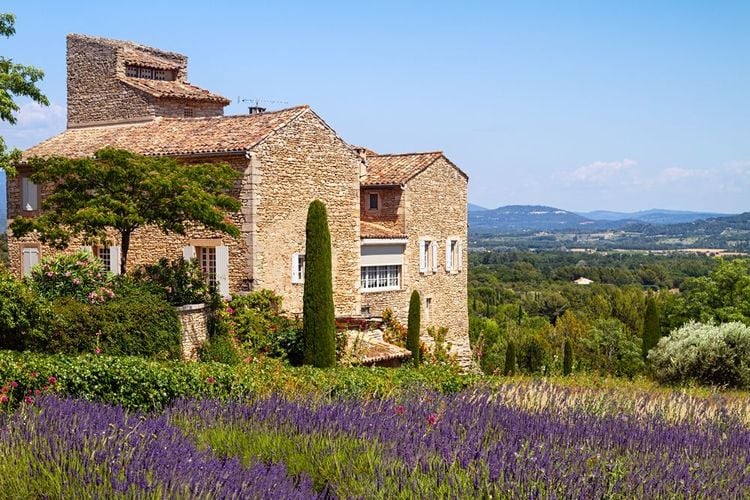
A typical Provencal house surrounded by lavender.
- © irakite / ShutterstockWho is Marcel Pagnol?
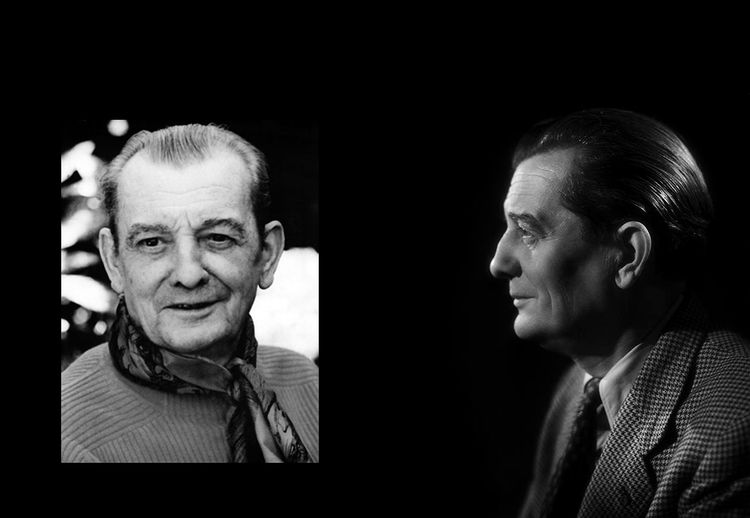
Marcel Pagnol.
- © DR (à gauche) et RMN / Studio Harcourt (à droite)He grew up between the city of Marseille and the vast garrigues of Provence, which he considered to be paradise. He recounted all this in his series of autobiographical novels *****Souvenirs d'enfance***** from 1957 on wards. These books also tell the story of his turbulent adolescence, during which he began to write poems that appeared in the magazine Massilia.
He wrote his first novel in 1914, but became a teacher like his father. He did not give up writing, however, and produced a vaudeville and then a play. His career in education only lasted about ten years, as his plays were a great success, particularly the famous Marius. Marius was then adapted for the cinema and becameone of the first successful films of French talking pictures! In 1934, he moved on to directing, producing a number of films that are now indispensable.
Aubagne, his home town
Marcel Pagnol was born in Aubagne at the end of the 19th century. The house where he was born, at 16 Cours Barthélemy, has now been turned into a museum in his honour, containing photos, letters and objects by the writer, and the flat where he was born has been faithfully restored.
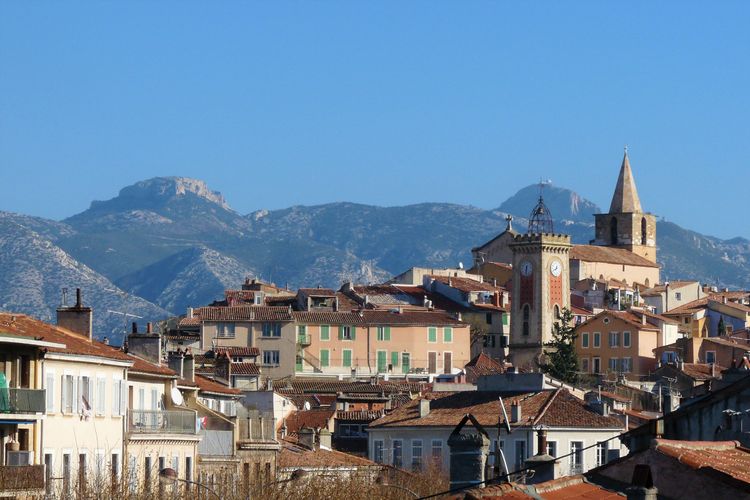
Aubagne town center.
- © Mam Maggy / ShutterstockNot far from there, the Petit Monde de Marcel Pagnol (Marcel Pagnol's Little World ) brings together 200 santons in a cleverly staged tribute to Marcel Pagnol's literary and cinematographic creations. And don't miss a visit to the town's historic centre.
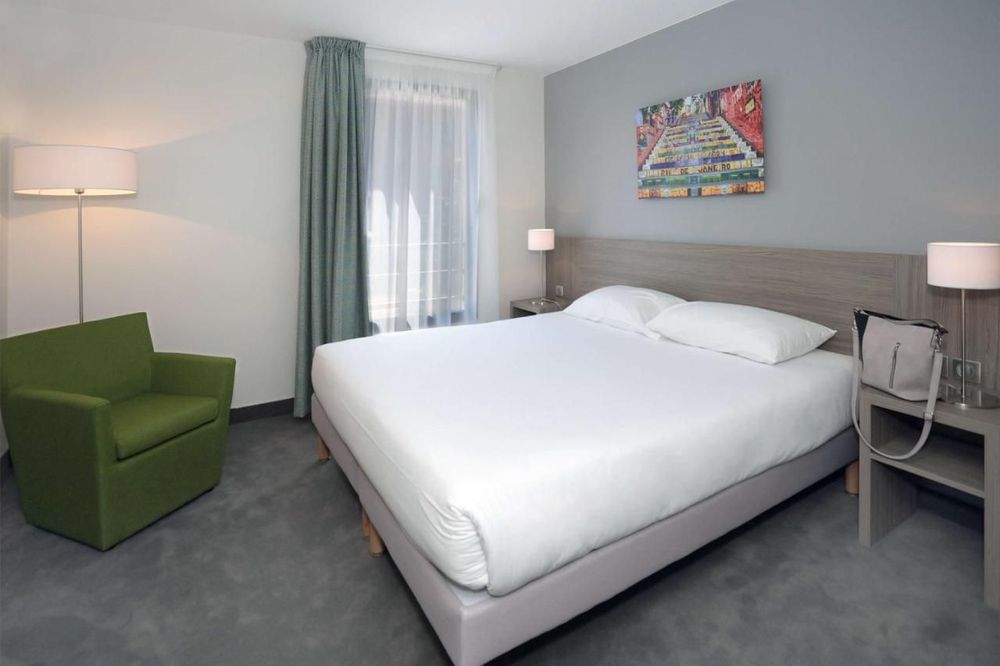 Aubagne
Aubagne
Best Western Linko 4* Hotel
In the centre of Aubagne, this 4-star hotel is the ideal base from which to discover the birthplace of Marcel Pagnol.Little Marcel grows up in Marseille
Just before the birth of their second child, the Pagnol family left Aubagne for Marseilles, first in the Saint-Loup district and then in Les Chartreux, where Marcel attended primary school at 56 avenue des Chartreux. They then moved to the fifth arrondissement, at 51 rue Terrusse, after the birth of his little sister. He finished his schooling at Lycée Thiers, where he began to write poetry.
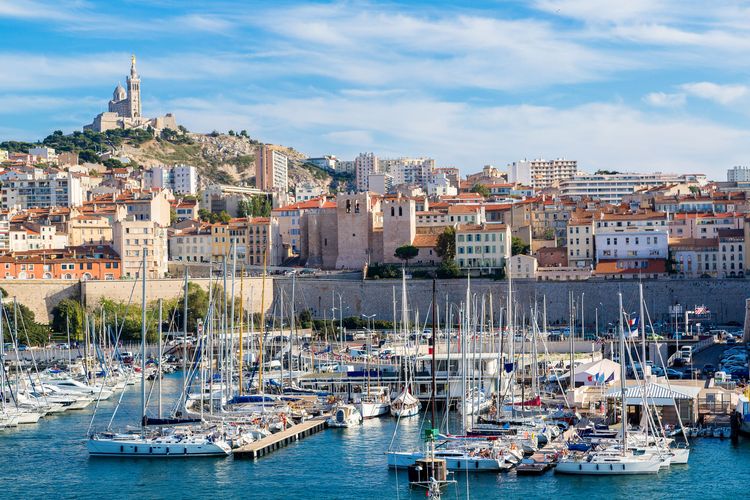
Marseille's Old Port, with Notre-Dame de la Garde in the background.
- © Sergii Figurnyi / ShutterstockFifteen years later, while living in Paris, he wrote the plays Marius and Fanny, set in the Bar de la Marine on the Old Port, which were a great success. The bar still exists and young Marseillais still enjoy a pastis or a beer there.
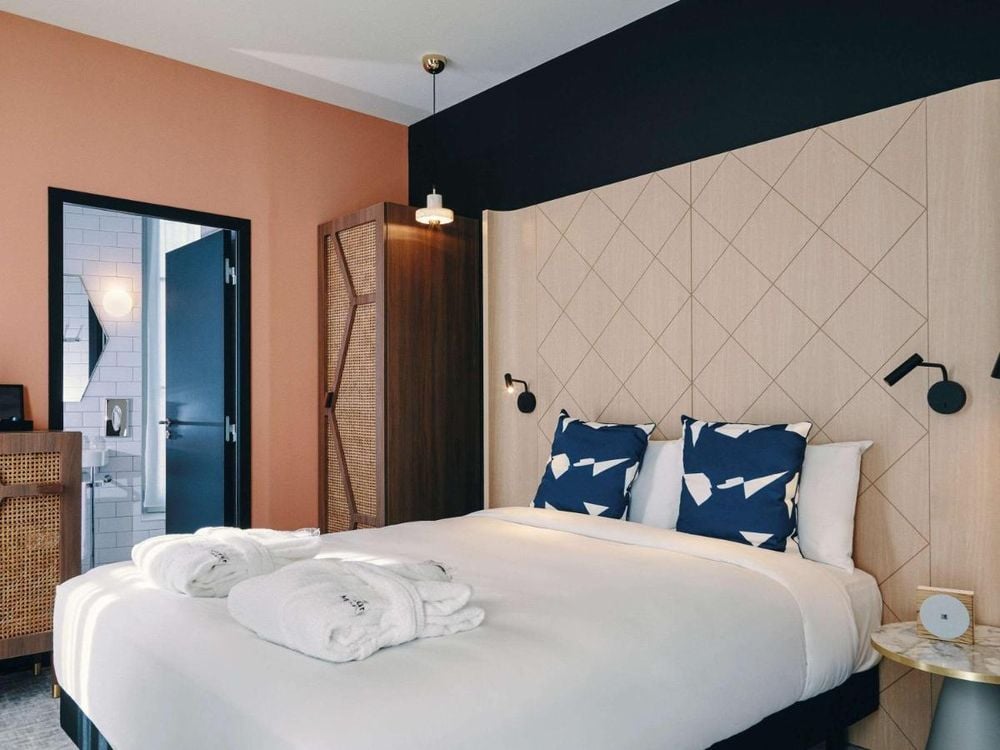 Marseille
Marseille
Mercure Marseille Canebière Vieux-Port 4* (French only)
In the heart of the city of Marseille, immerse yourself in the life of Marcel Pagnol and his singing accents.La Bastide Neuve, his holiday home
As early as 1904, Bastide Neuve became the holiday home of Marcel Pagnol and his family. In the hamlet of Bellons, in the municipality ofAllauch, it is a Provencal-style residence surrounded by scrubland where young Marcel loved to go for walks. In La Gloire de mon père, he wrote: "Then began the happiest days of my life (...) Here, happiness flowed from the source, as simple as hello".
¨NBSP; See this post on Instagram
The bastide still belongs to the Pagnol family today, and you can go and have a look at its facade, but unfortunately it is not open to the public. However, a museum dedicated to Marcel Pagnol is due to open in Allauch in 2024, so watch this space...
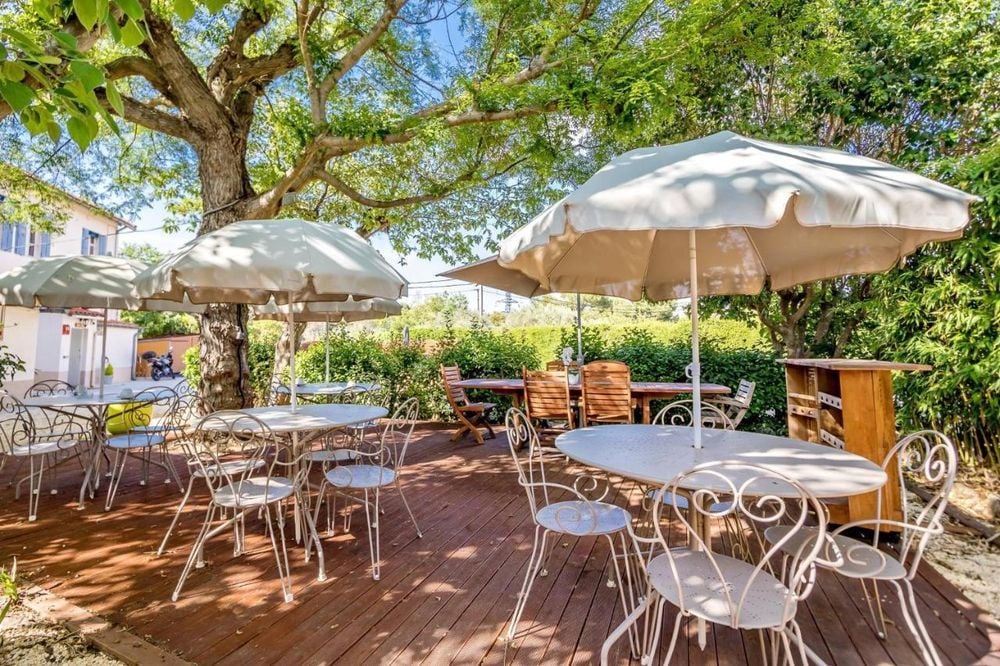 Allauch
Allauch
Hôtel des Moulins
Treat yourself to a Provencal getaway just a stone's throw from Marcel Pagnol's holiday home.The Garlaban massif and the Pagnol hills
Between Aubagne and Allauch, Marcel Pagnol spent his childhood climbing the limestone hills of the Garlaban massif. It was there that he learned to love nature, and it was in these hills that he drew the sources of his inspiration. He wrote about it many times in his autobiographical series Souvenirs d'enfance (Childhood Memories ). He also made several films here, including Angèle in 1934, La fille du Puisatier in 1940 and Manon des Sources in 1954. A walk through the massif will take you to some of the film locations, including Raimu's well, Angèle's farm and Manon's cave.
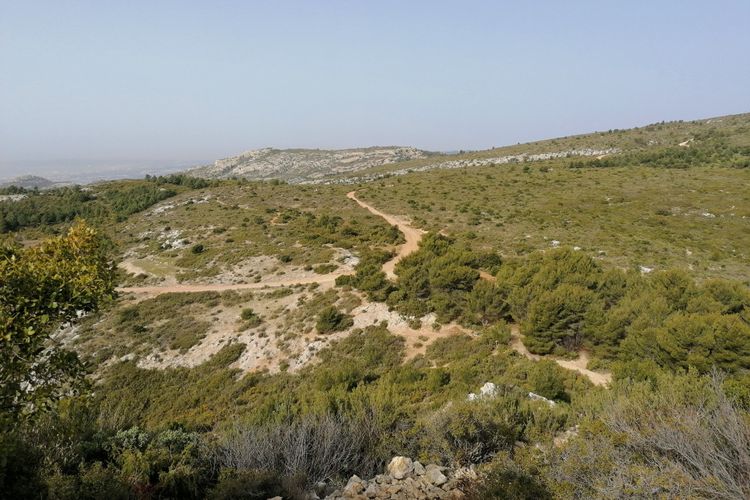
Trails cross the Garlaban massif.
- © Florent Delessert / ShutterstockThe Château de la Buzine, Pagnol's tribute to the cinema
In 1941, Marcel Pagnol bought the Château de la Buzine in eastern Marseille, with the aim of turning it into a Cité du Cinéma. He wrote about it in his book Le château de ma mère (who tragically died in 1910). Unfortunately, the establishment was occupied by the Germans the following year. Marcel Pagnol finally sold the premises in 1973 to a private buyer, who then sold it to the city of Marseille. The château is now a listed historic monument and home to the Maison des Cinématographies de la Méditerranée. A visit not to be missed!
The legendary Daudet mill
On a hill in Fontvieille, not far fromArles, stands a pretty mill that has been beating the air with its blades since 1814. The writer Alphonse Daudet, whose real name was Moulin Ribet, based his work Les lettres de mon moulin on the mill. Marcel Pagnol then adapted this collection of short stories into a film of the same name in 1954. The mill is now open to visitors, and a pretty country path links it to the Château de Montauban. A pleasant walk on a sunny day.
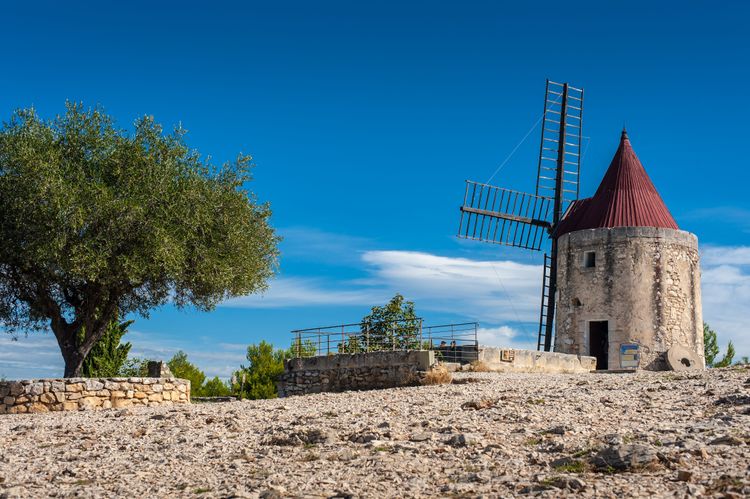
The Daudet mill in Fontvieille.
- © ladderadder / Shutterstock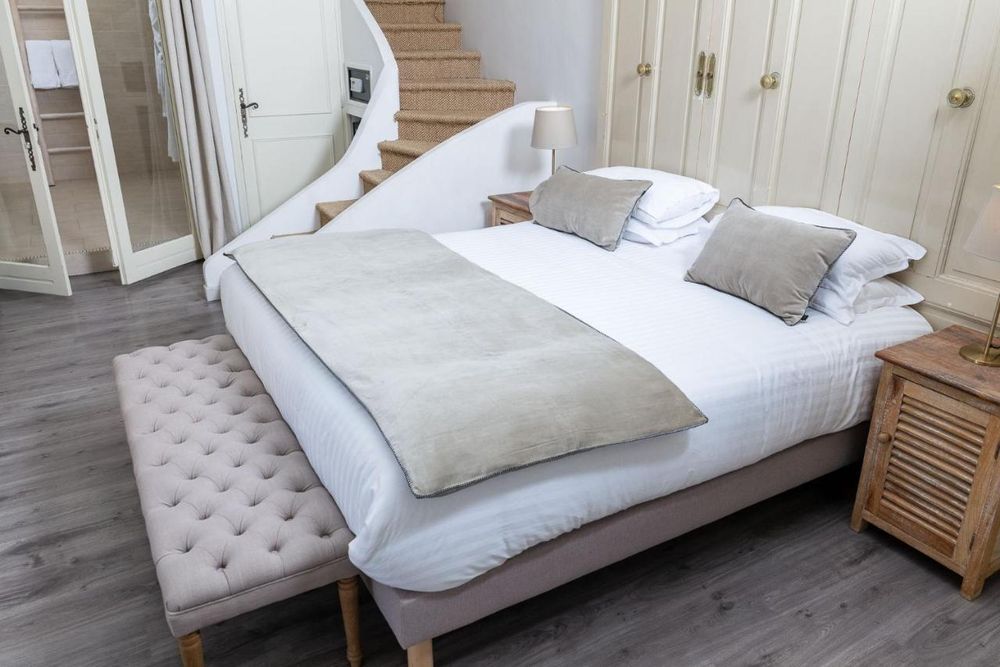 Fontvieille
Fontvieille
La Regalido 4*
Stroll through the film locations of La Treille before relaxing in this charming hotel in the heart of the village.Reflecting at the village of La Treille
Marcel Pagnol once passed through the village of La Treille on his way to Bastide Neuve, and used it as inspiration for his novel L'Eau des Collines. The village is also home to many of the locations used in Pagnol's films, including the church of Saint-Dominique, whose forecourt appears in La fille du puisatier and Manon des Sources, and the villa Pascaline, where scenes from Cigalon were filmed.
¨NBSP; See this post on Instagram
When Marcel Pagnol died in Paris in 1974, he was buried in La Treille cemetery alongside other members of his family. The village has retained its charm of yesteryear and many people come to pay their respects at the Pagnol tomb.






